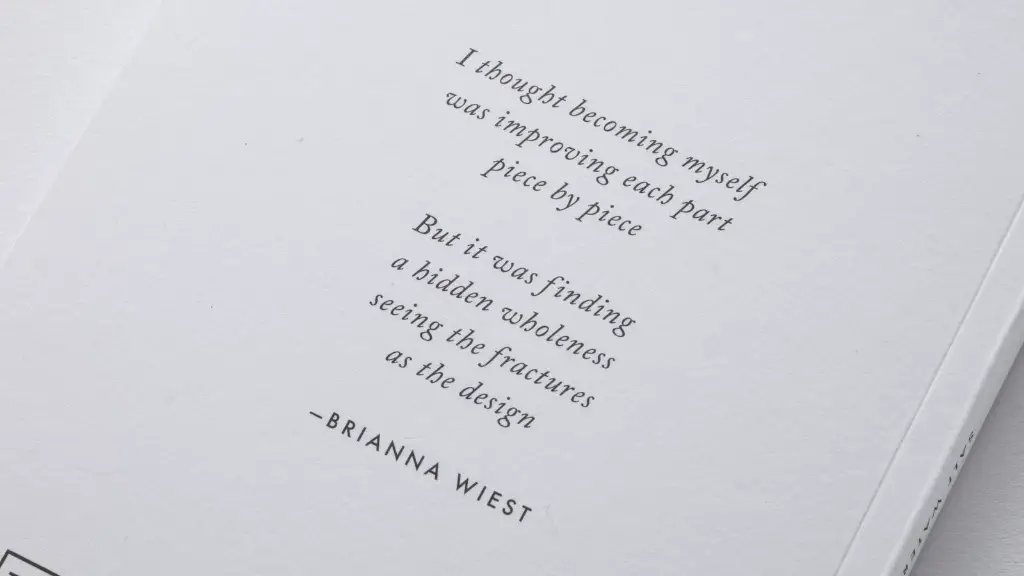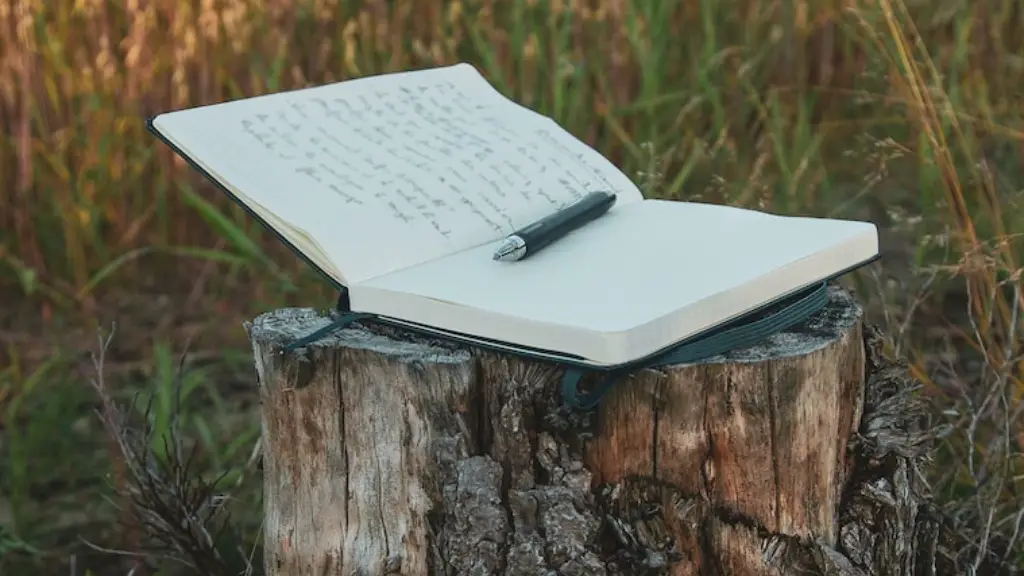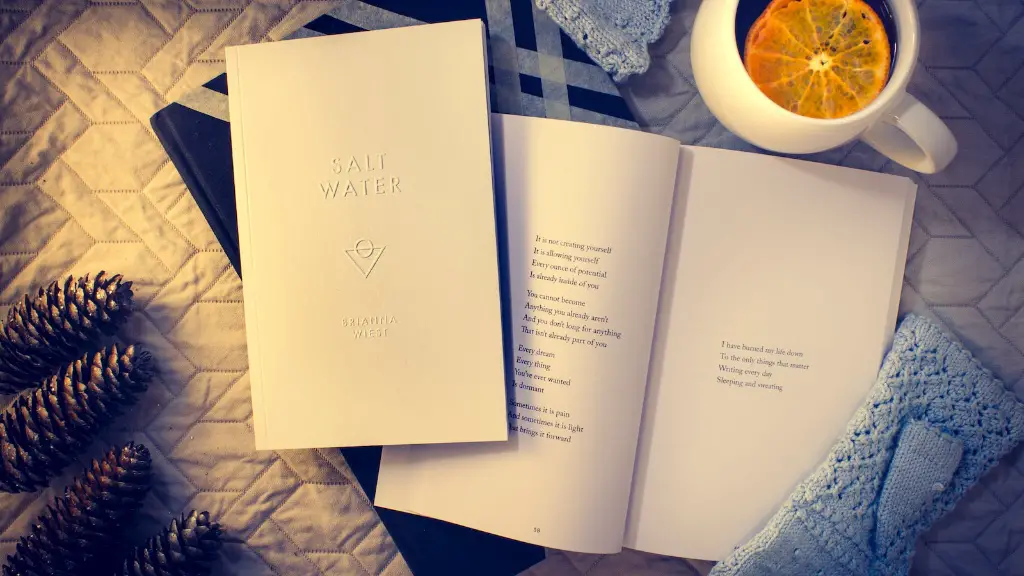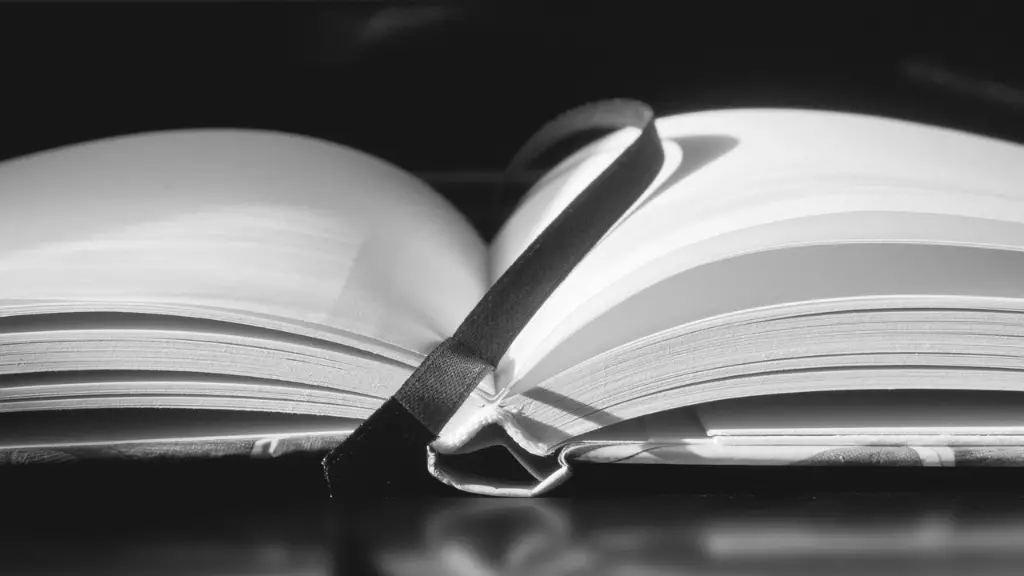Types of Haiku Poetry
Haiku poetry is one of the most popular forms of traditional Japanese poetry, usually consisting of three lines of five, seven, and five syllables consecutively. Haiku has been translated into many languages, including English, and is a widely recognized poem type for beginners. Although shorter than traditional free verse poetry or sonnets, Haiku still has a great deal to offer in its simple, vivid, elegant structure. Haiku supports a wide range of topics, but it is known for its uniqueness in combining multiple images and painting a scene within such a brief narrative.
Unlike other forms of poetry, Haiku is uniquely structured, consisting of three lines of five, seven, and five syllables respectively. The defining feature of a Haiku poem is the use of imagery to capture a snapshot in time of the beauty of a season, a moment, an emotion, a person, an animal, and so much more. Many Haiku poems explore nature, and common themes are the beauty of a scenery or of a moment in time that captures both its beauty and mortality, such as the changing of a season. To begin writing your own Haiku, it can be helpful to identify what makes a Haiku poem unique, and then finding the perfect words to match the idea and structure.
Writing Haiku Poetry
Haiku poems are traditionally composed of three lines, with the first and third lines containing five syllables and the second line containing seven syllables. This structure is followed for most Haiku poems, but some poets like to get creative and use their own forms like four lines of six and five syllables, or three lines of four, seven, and four syllables. Some poets will also break this traditional mold and compose Haiku without the strict adherence to syllable count. Regardless of structure, one of the main elements in writing Haiku is the use of imagery and a snapshot of time.
When writing a Haiku poem, focus on exploring a moment, scene, emotion, or anything else that is clearly conveying a thought or concept within the poem. Also, be sure to capture the emotion of the moment by spending time to identify the perfect words to express what you want to say. Furthermore, consider choosing concrete and specific words to evoke a clear picture with each phrase. It is also important to note that most Haiku poems focus around nature, so be sure to be mindful of this as you explore your topic choice.
Creating a Theme
Creating a theme for a Haiku poem can be challenging, since it must be expressed within the framework of the poem’s traditional 5-7-5 structure. To determine the perfect theme, explore elements like Nature, Time, and Sorrow, to help create the most impactful poem. To help bring out the poetry’s unique characteristics, it is also a good idea to use strong verbs and nouns to paint a vivid image in the poem’s structure.
When writing your Haiku, it is important to have a good understanding of what makes a Haiku special. Structure is key in making your poem stand out, and capturing the beauty of a moment helps set the tone for your poem. Additionally, with so few words and syllables, it is important to choose them wisely in order to perfectly capture the essence of the moment you want to portray.
Exploring Nature and the Moment
Haiku poems often explore nature and the beauty of certain moments. To accurately reflect these scenes in a Haiku poem, explore the topic by taking in the details and emotions of the moment. Consider the time of day, the season, and the environment and describe the feeling of the scene within the poem’s structure. When exploring a moment, pay attention to the small details like the way the sun is illuminating the sky, the color of the trees, or the sound of birds. Incorporate vivid words and imagery to capture the beauty of the moment in a Haiku poem.
For many, the hardest part of writing a Haiku poem is finding the perfect wording to express the image of the moment. To make sure you are accurately illustrating the beauty of the moment in the poem, do not be afraid to experiment and use synonyms, as well as strong nouns and verbs. Additionally, to create focus and indicate where the scene is taking place, use transition words that make the poem flow easily. Finally, for a Haiku poem to successfully express a thought or emotion, avoid being too descriptive, and instead focus on utilizing concise, but meaningful imagery in the poem.
Exploring Emotion
Haiku poems are known for their unique innate ability to capture an emotion within the framework of the 5-7-5 structure. Exploring and expressing emotion in a Haiku makes it come alive and brings a unique element to the traditional form. To effectively capture an emotion, use vivid imagery and a strong ending. Pay attention to the tone, and consider using words that set a specific mood or highlight an emotion. To get an emotion out of a poem, it is often helpful to think about the scene or emotion you are discussing. Once you have chosen the emotion, think about how those related words and images can effectively be expressed in a Haiku.
To make sure the poem expresses the emotion successfully, it is important to use images that can captivate and evoke emotion within the reader. Consider how a sunrise might bring forth a new perspective, or how a falling raindrop might evoke loneliness and sorrow. Furthermore, free yourself from structure to allow for an evocative flow. When it comes to emotion, less is often more as it allows the reader to fill in the details.
Defining the End of a Haiku
One of the key components of a successful Haiku poem is its ending. This is often where the emotion lies, and a good ending adds impact to the poem. To clearly convey the emotion of the poem and make sure it resonates with the readers, consider using words that make the poem come alive. Vivid words and images may be used to illustrate a strong emotion and create a powerful ending. Additionally, phrases such as ‘for a moment’ or ‘just then’ can be effective in giving the poem a dramatic effect.
Finally, to make sure the poem ends strongly, it is important to make sure the key points in the poem are clear and concise. Although Haiku poems are often short, each poem should create a lasting image or emotion that can be looked at for years. To make sure the ending is effective, make sure all the elements discussed in the poem are tied together and create a powerful emotion that lingers long after the poem has ended.
Employing Metaphors
Metaphors are often used in Haiku poems to bring a clarity and beauty to the poem. Metaphors denote a comparison between two elements, often comparing an unknown object to a known one in order to more effectively convey the meaning of the poem. For Haiku, metaphors can be particularly effective, as they are often composed of only a few lines and therefore metaphors can more effectively convey the meaning of each line. Additionally, metaphors can add an extra layer of emotion to Haiku by further illustrating the emotion being felt in the poem.
When using metaphors, it is often helpful to think of concrete object to illustrate a feeling or emotion. Additionally, when writing a Haiku, try to identify and use the most impactful word or image for the metaphor. Also, consider the idea of opposite emotions to help explore ideas like joy or sorrow. Additionally, make sure you are considering the message of the poem and how the combination of images paints a vivid picture in the reader’s mind.
Exploring Abstract Concepts
Exploring abstract concepts in Haiku poetry can be particularly challenging, as Haikus are traditionally composed of only three lines. To explore abstract concepts in a Haiku, focus on expressing how one element impacts another and how it brings forth an emotion. Consider how two elements may interact by incorporating different images in the poem or two varying perspectives. Additionally, reflect on the concept being discussed and how the words used in the poem come together to illustrate the concept effectively.
When exploring abstract concepts, consider how the words linking the concepts together may be used to create the most vivid image. Additionally, think about the impact of the words you choose and how they may be used to effectively express the abstract idea. Furthermore, don’t be afraid to explore unfamiliar concepts, as this may bring about some of the most beautiful and meaningful Haikus.
Understanding Humor in Haikus
Humor often plays a large role in Haiku poems, as humor can be used to bring out the beauty of a moment or a scene without coming off as too serious. With Haikus, humor often comes in the form of irony and imagery that teasingly calls out certain moments in time or topics. To successfully deliver humor in Haiku, consider using irony, witty observations, and unexpected images to evoke a chuckle. Additionally, consider using humor to emphasize a certain element of the poem or to call out a particular moment.
To successfully bring humor into your Haiku, spend some time exploring how you might show the funny side of life in three lines. Consider how humor might bring out an emotion or how it might make a scene or a moment come alive. Additionally, think about how humor might be used to bring out the emotion of the moment in an unexpected way. Finally, consider how humor might be used within the structure of the poem in order to bring out the most vibrant form of the joke.
Exploring Imagery in Haikus
Imagery plays a large role in Haiku poems, as the poem’s brief structure allows for a maximum amount of imagery and evocative language. To successfully bring forth imagery in a Haiku, focus on clearly illustrating the elements of the poem within the 5-7-5 structure. Vivid words, concrete images, and emotion-evoking language can be used to create a powerful visual experience for the reader. To get the most out of a Haiku, pay attention to the details of the poem and employ descriptions that bring the poem’s moment to life.
Additionally, it is important to consider the rhythm of the poem and how the poem’s imagery comes to life within its structure. Although Haikus are short, make sure your poem’s imagery has a lasting impact for the reader. Finally, keep in mind how the imagery can be used to effectively portray the emotion of the poem. Consider how each phrase conveys a different emotion or idea, and how the combination of the poem’s imagery creates the overall feel of the Haiku.





